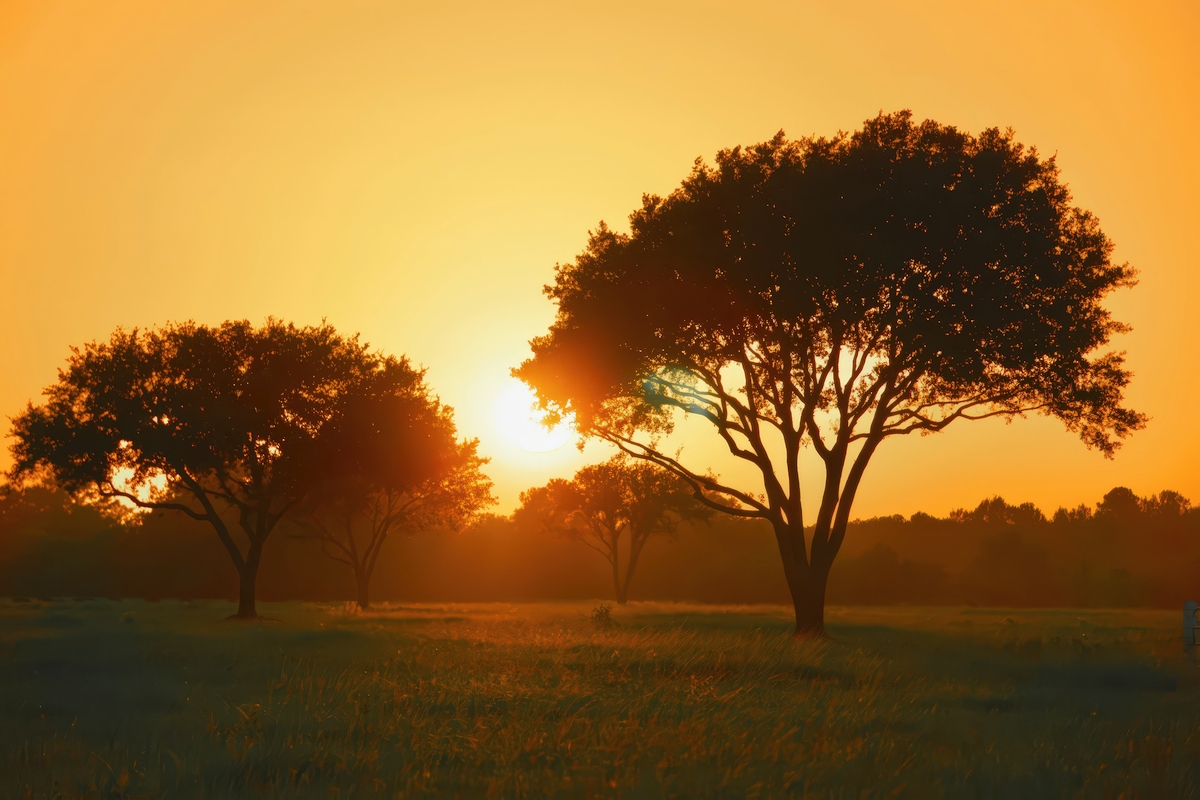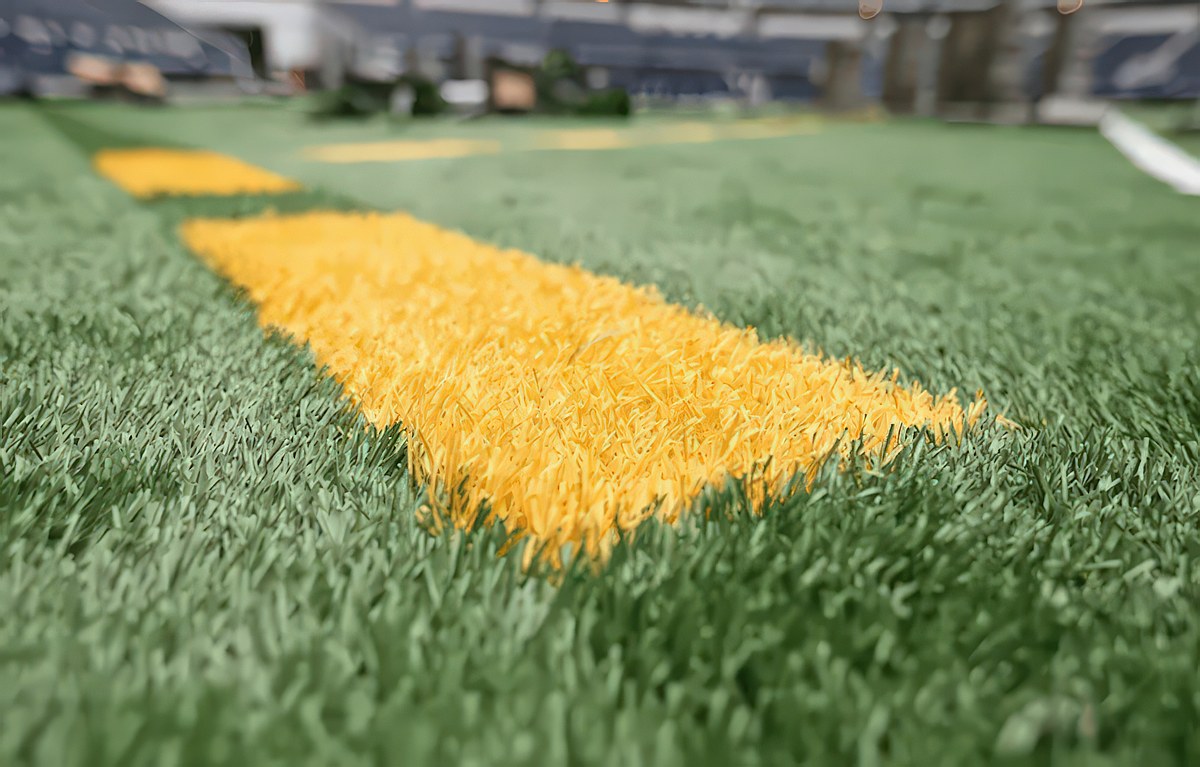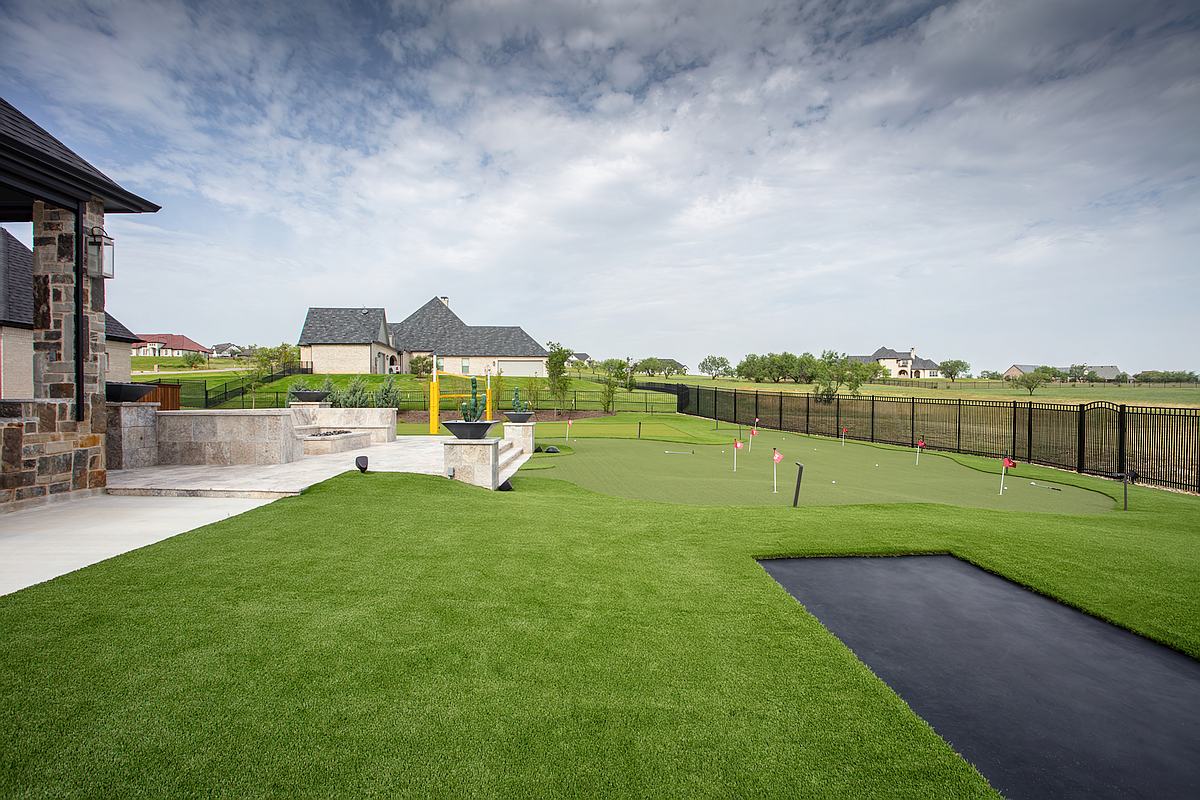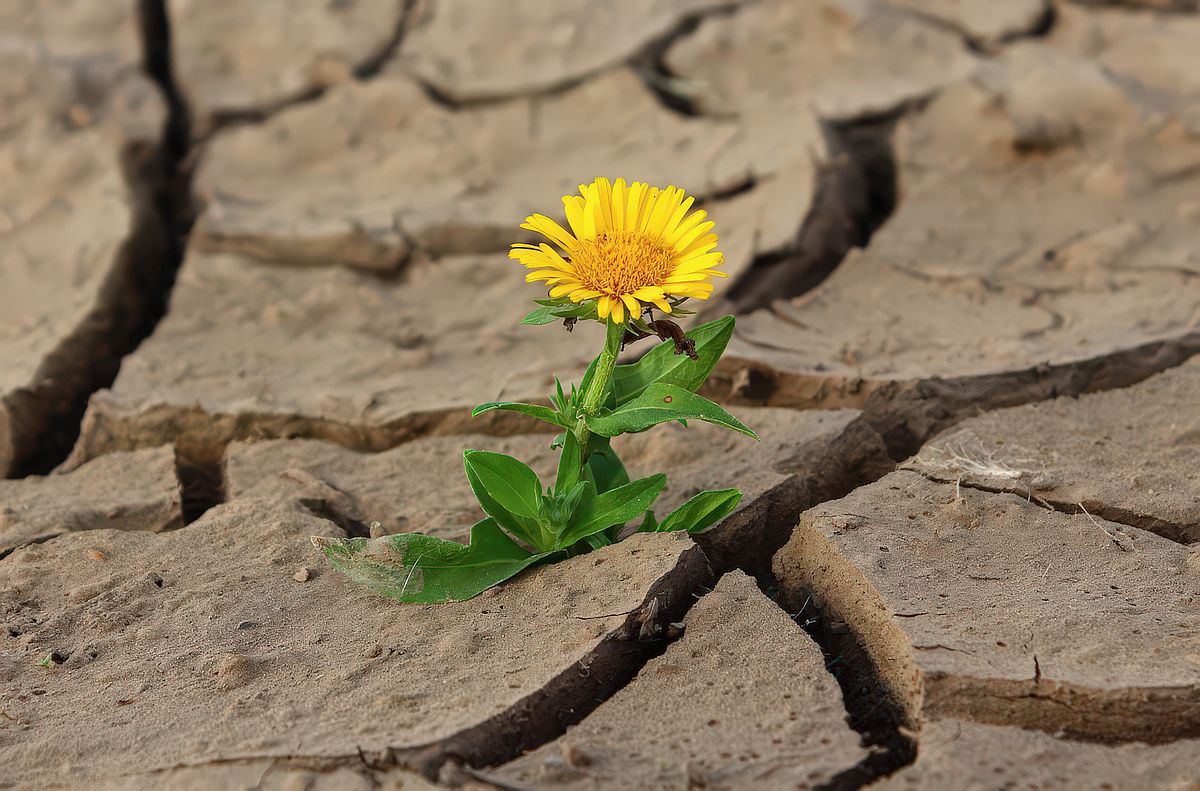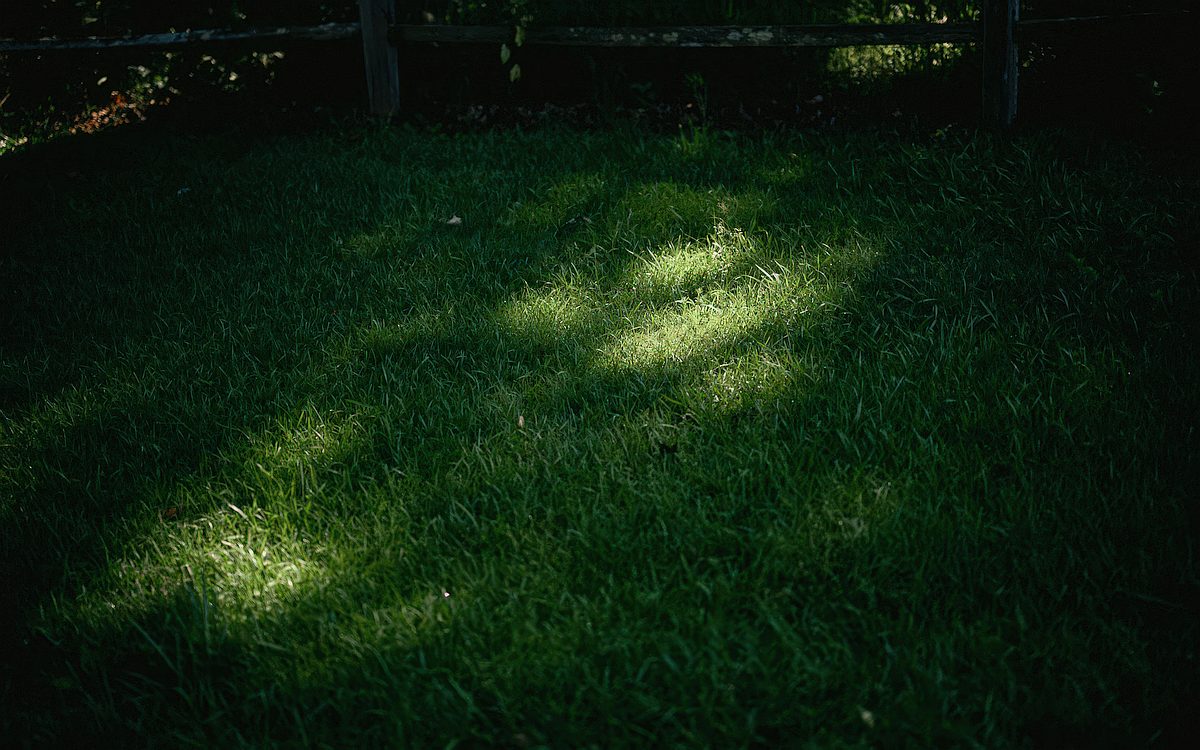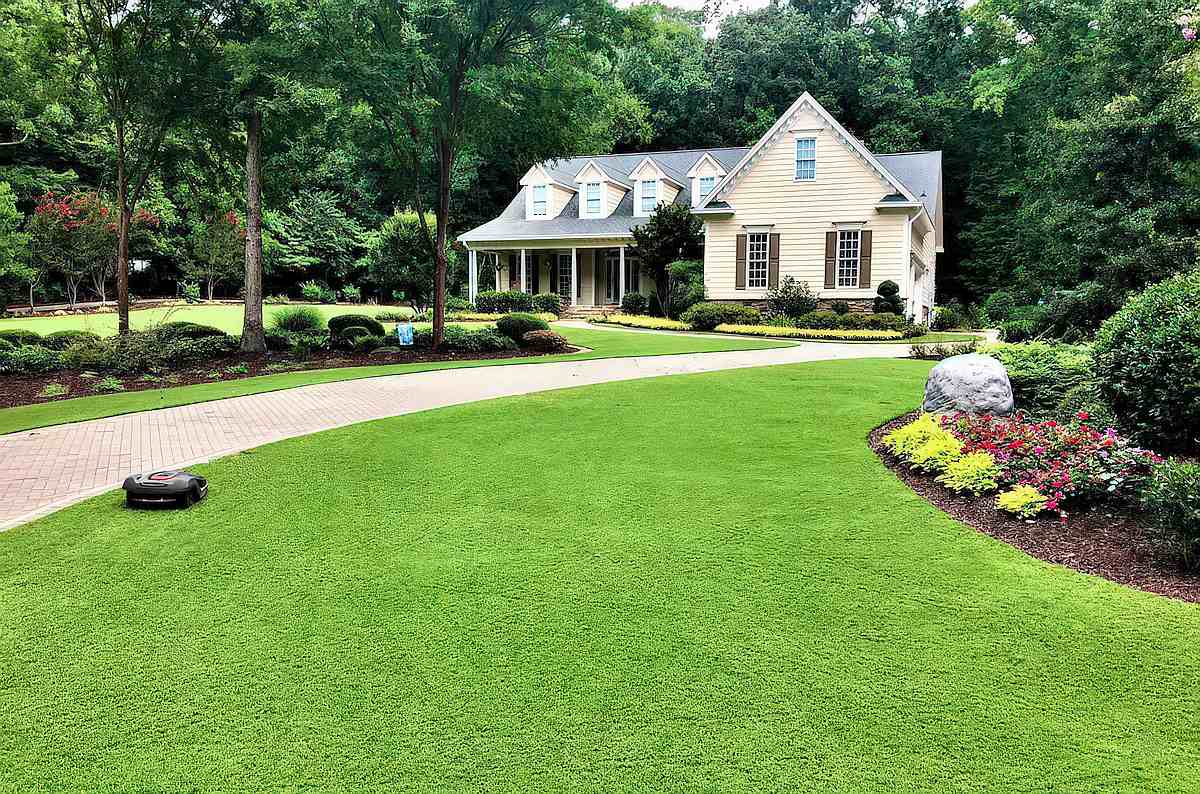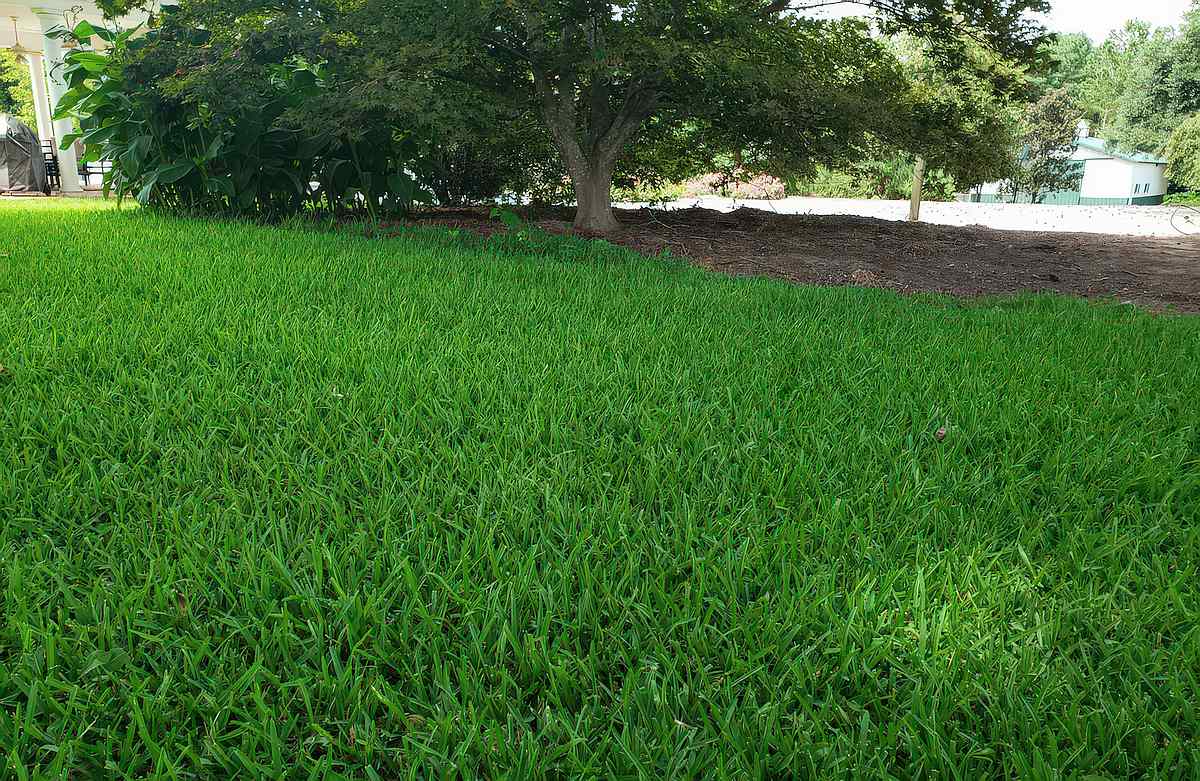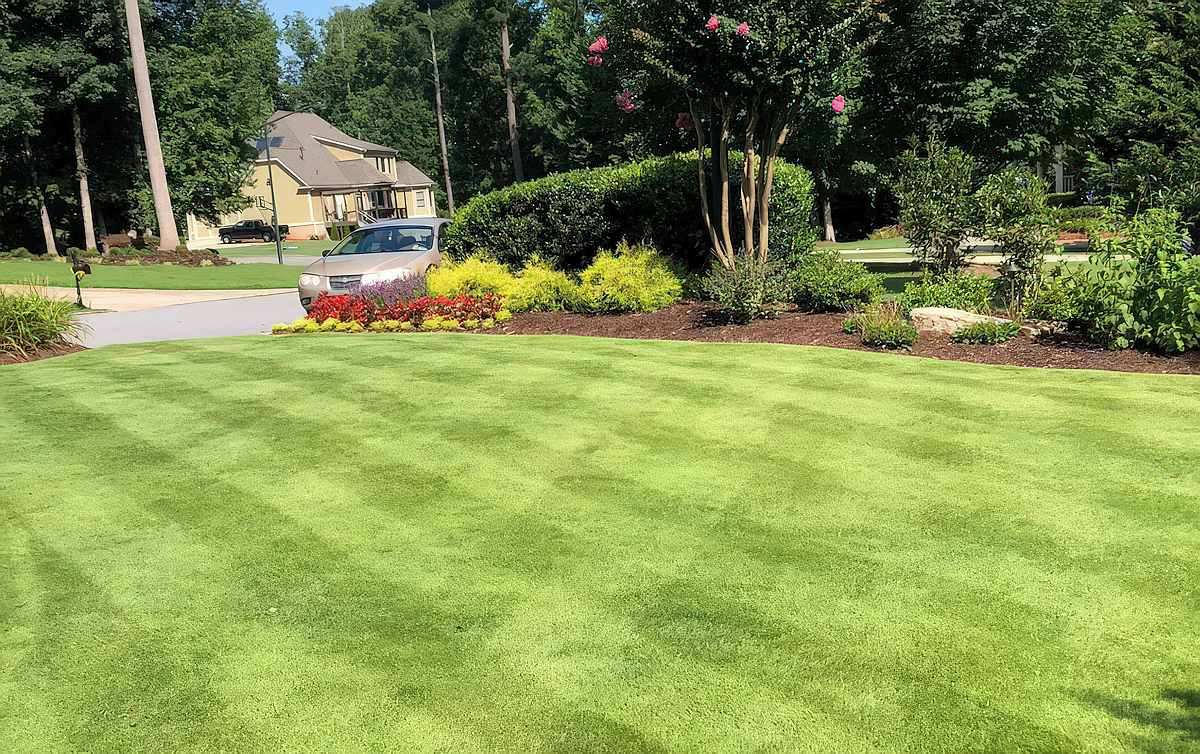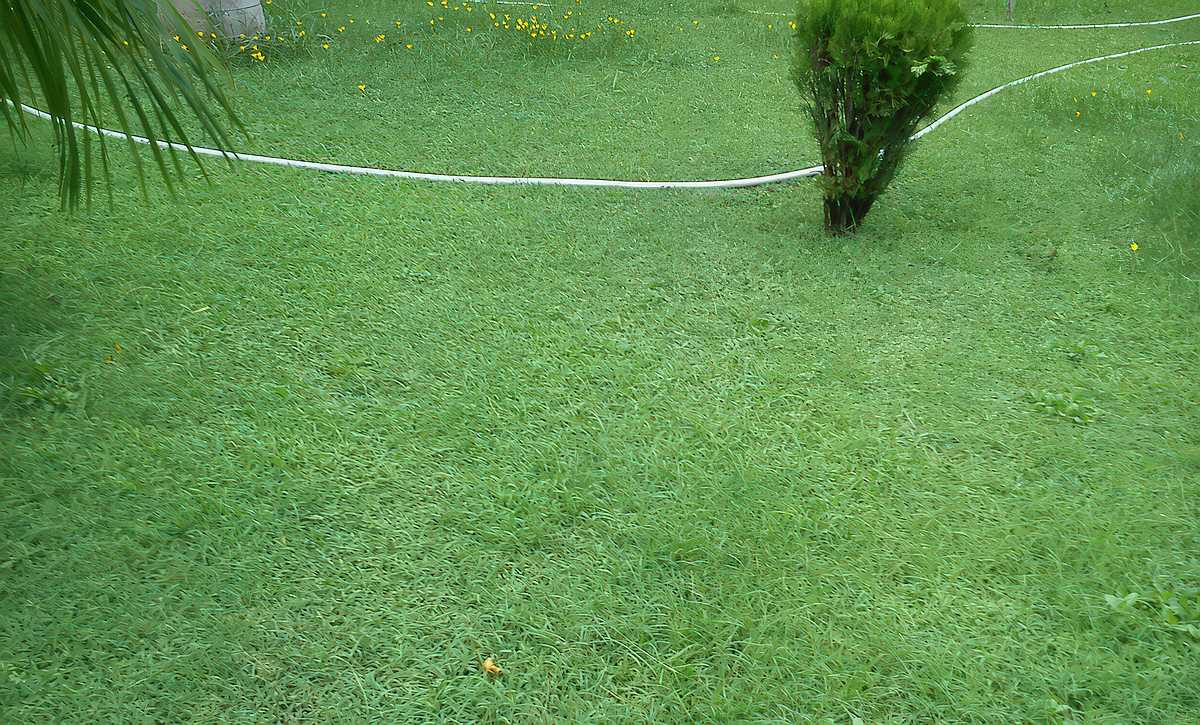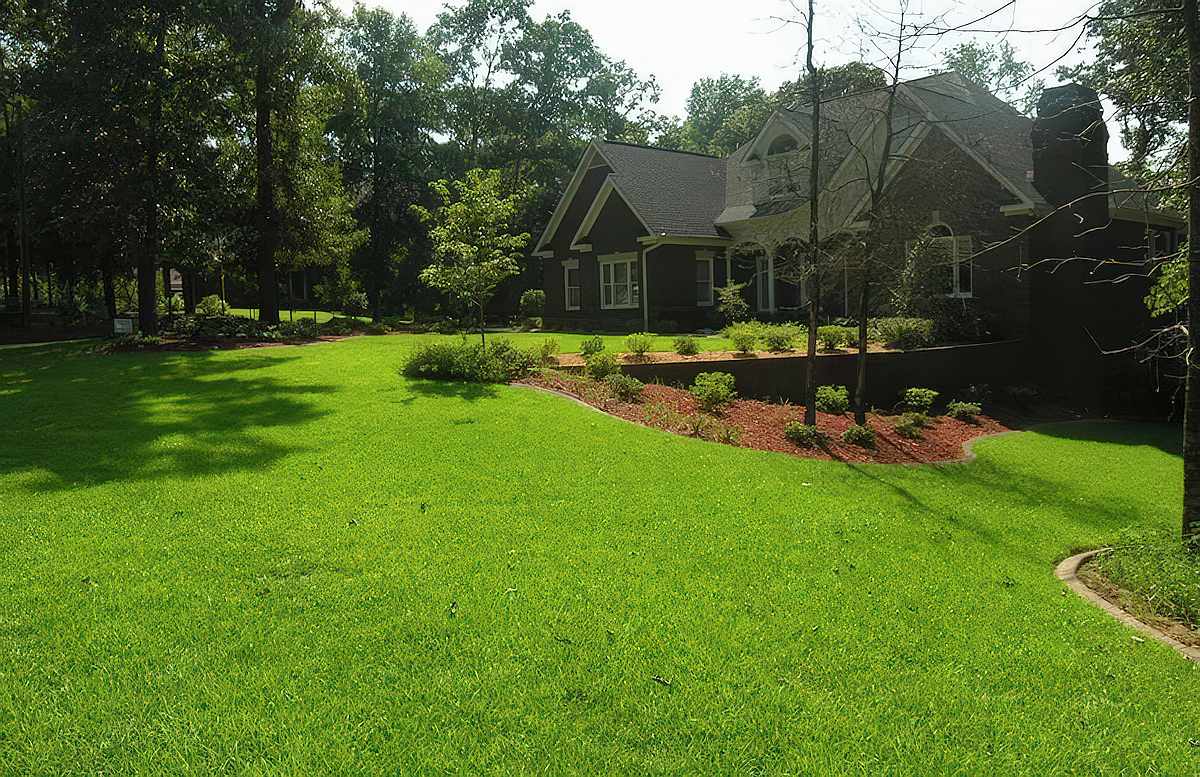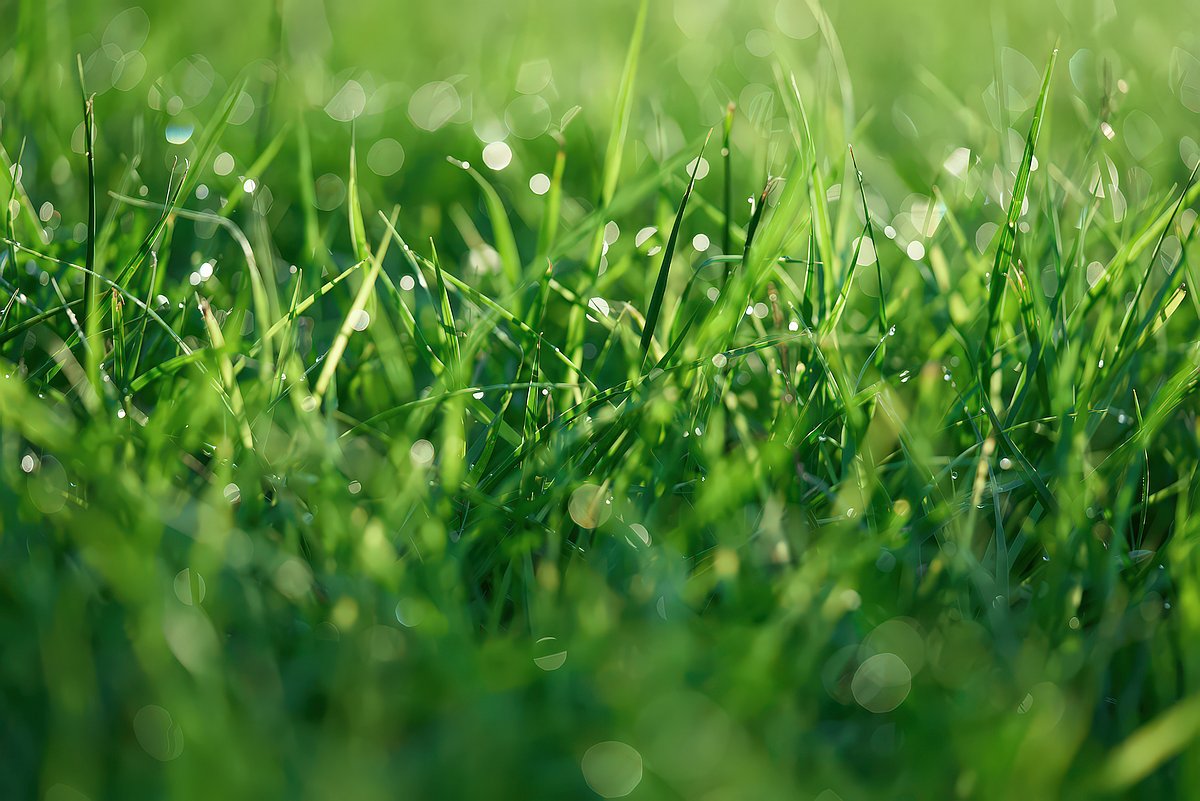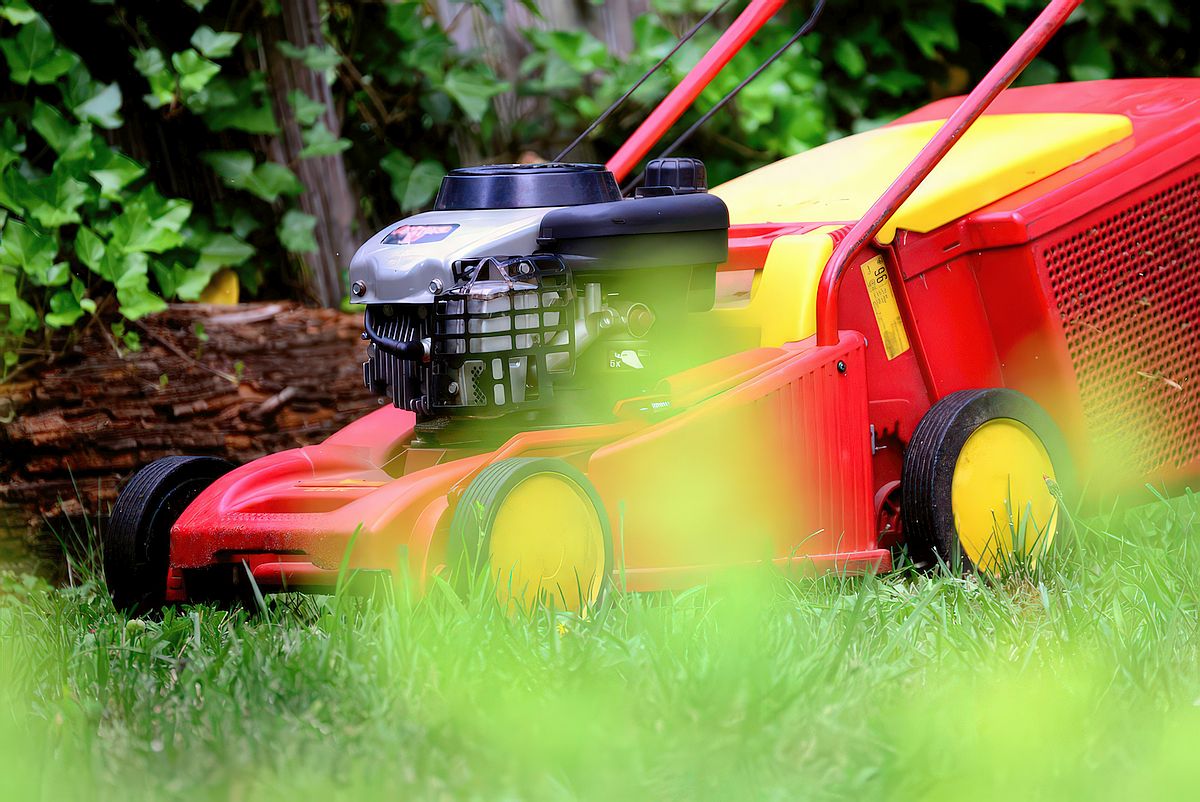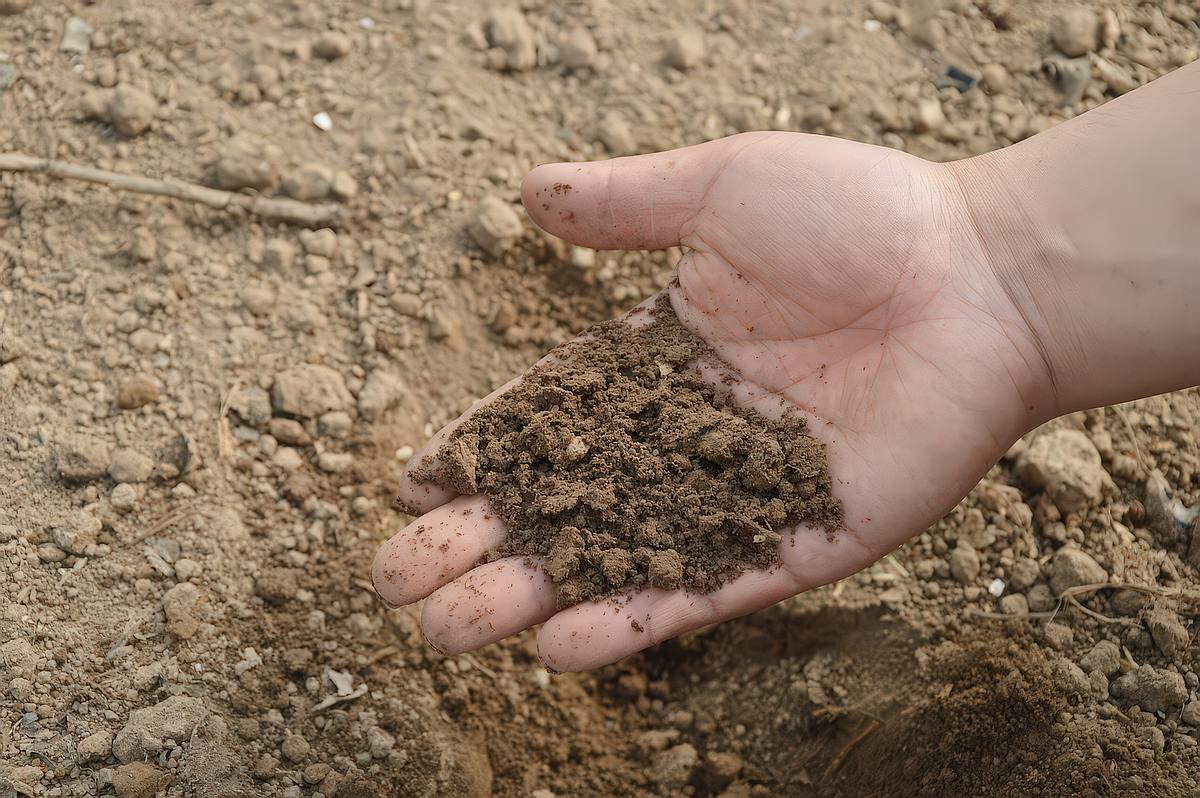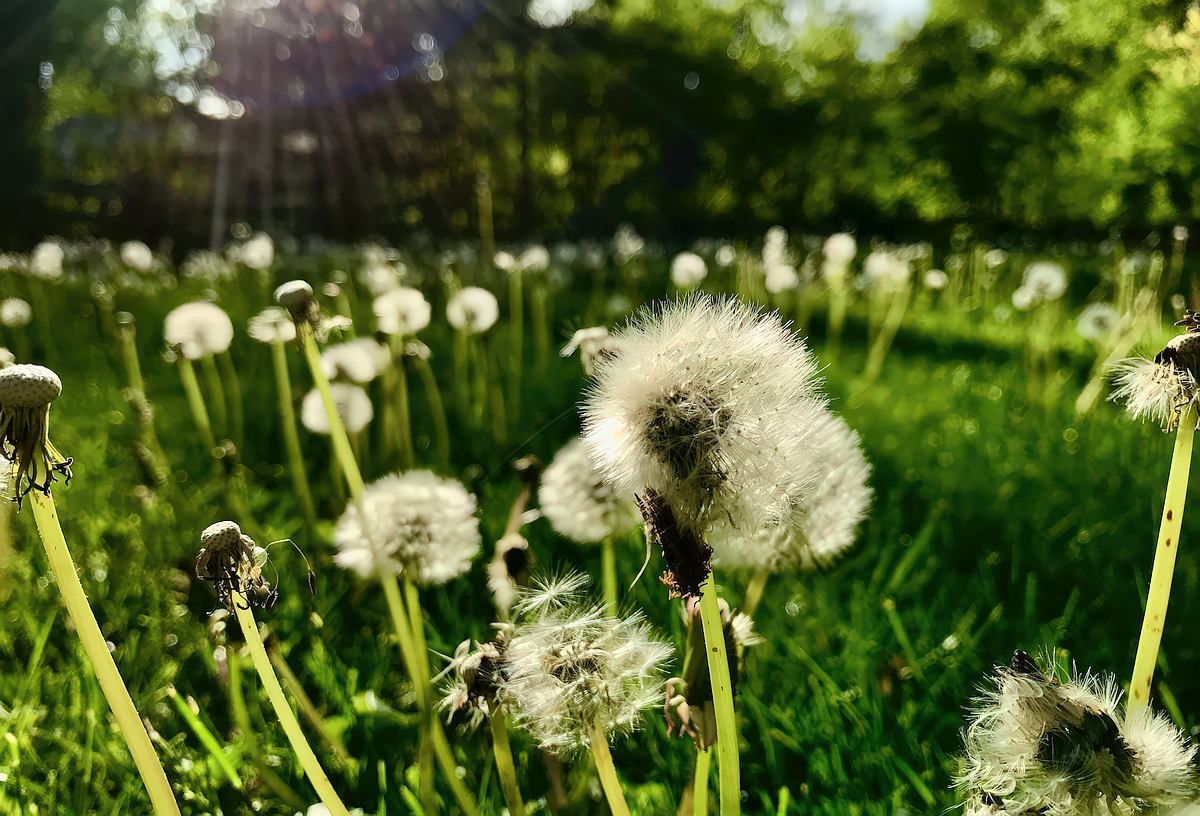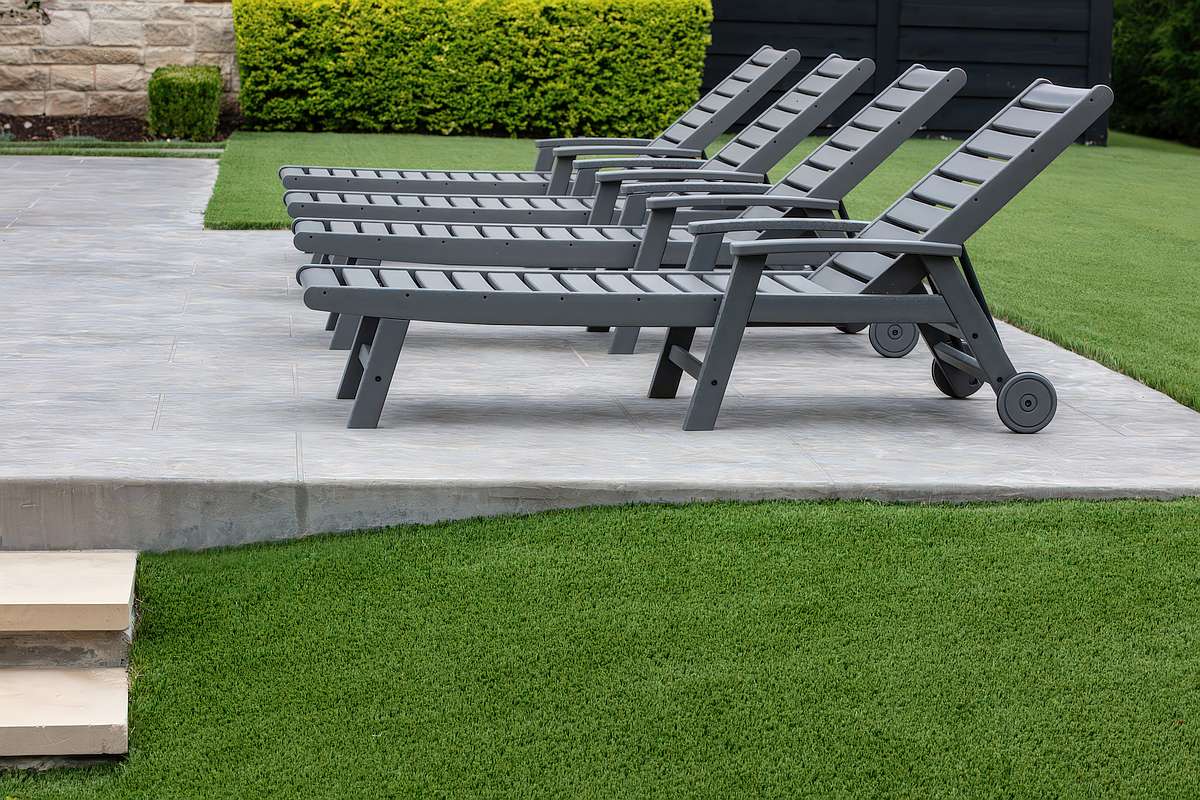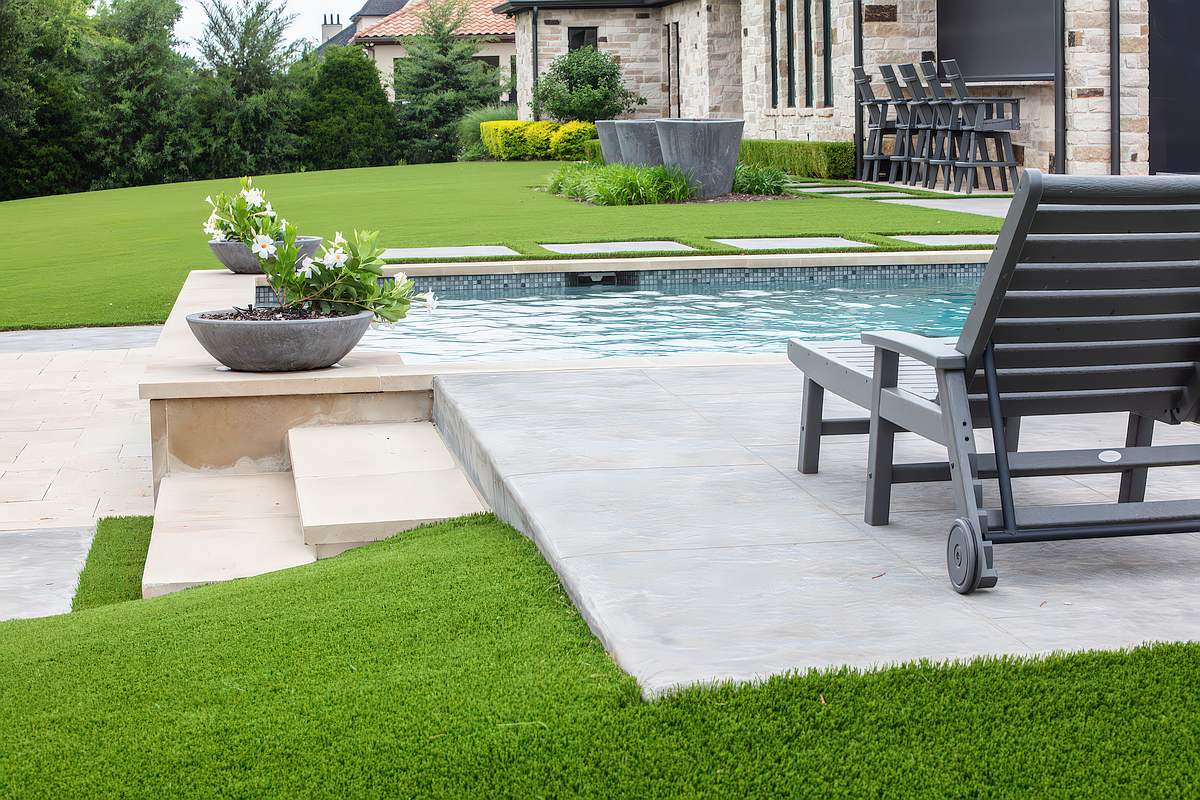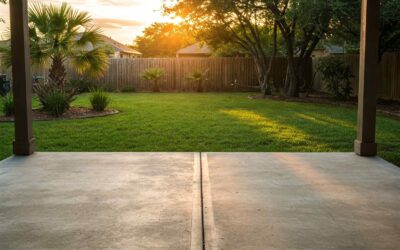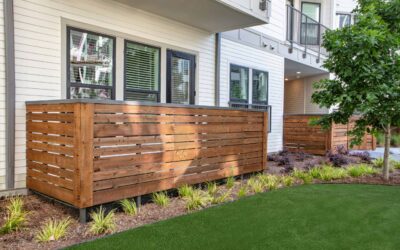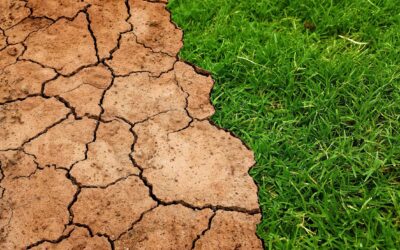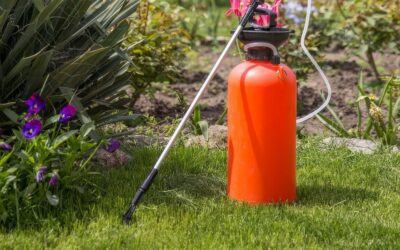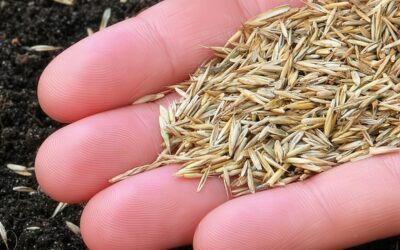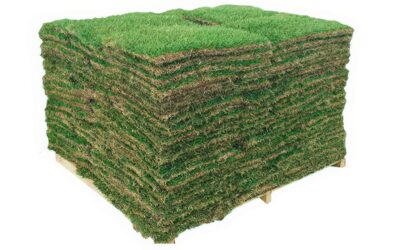Most lawn grasses are not made to grow in 90-degree heat—and the 116 degrees experienced in La Puerta in May 2024 is a real grass killer!
Such extreme heat is a major challenge for Texas homeowners looking to maintain lush, verdant lawns. Most parts of the state experience hot and dry conditions for at least some of the year, so it helps to know the types of grass that flourish in heat before you choose your lawn turf.
By understanding the conditions that each grass type needs to establish and grow, you can make the right landscaping choices, care for your lawn properly, and give it the best chance to thrive.
Let’s consider the best grass for Texas heat, with a deep dive into each grass type, the factors to consider when choosing grass, and a few tips to prevent problems with the heat…
What’s the Best Grass for Texas Heat?
The best grass for Texas heat is either Bermuda, St. Augustine, Zoysia, Buffalo or Centipede grass. Each of these grass types can handle high temperatures and direct sunshine well. They are all moderately to extremely drought-tolerant and some are also shade-tolerant and low maintenance too—while others require a little more care to thrive.
Looking For a Grass That Can Handle Every Type of Texan Weather?
All over Texas from the AT&T Stadium in Dallas to the NRG Stadium in Houston—and at college football stadiums like the UT Stadium in Austin—football teams play their home games on artificial grass rather than real grass.
Why?
Because of the challenges and expense of maintaining real grass in our climate.
Similar quality, elite-level artificial grass is now available for backyards across Texas—lush lawns and synthetic turf spaces around swimming pools, for dog runs, and even backyard putting greens.
Homeowners and businesses are switching because of the low-maintenance benefits of synthetic turf—and we’ve helped thousands make the switch in the past decade.
SAVE TIME, MONEY & WATER WITH ARTIFICIAL GRASS
The experienced team at Artificial Grass Pros will provide a free estimate and help you make the switch. Contact us here.
More on synthetic grass later but, first, let’s find out more about the best grass for the Texan heat…
Understanding Texas Climate Challenges
Nobody needs to describe the high summer temperatures to a Texan. We all know about that—and it’s getting hotter. 2023 was the second hottest summer in history.
The average high in June in Texas is around 90 degrees Fahrenheit but even in the north of the state, temperatures can soar to 100 degrees Fahrenheit and more. This type of heat threatens most lawn grasses.
In addition to the extreme heat, many areas experience excessively dry or drought conditions that lead to water shortages and watering restrictions in backyards. This places further strains on your backyard lawn.
If your grass also has to deal with shade (lack of sunlight) and/or a homeowner who doesn’t like to spend hours looking after it, it’s a recipe for a very scruffy lawn!
Regional variations in the climate across East Texas, Central Texas, West Texas, and the Gulf Coast mean that different weather patterns bring different challenges—but all grass needs sufficient sunlight, moisture, and nutrients to grow.
Some grass types adapt better to the Texan soils and climate and are naturally more heat-resistant, drought-tolerant, and shade-tolerant.
For the Texas heat, the following grasses are the ones that fare best…
Top Grass Types for Texas Heat: Deeper Dive
Each of the following warm-season grasses fares well in heat—and most have other properties that make them attractive options for Texas homeowners when considering the best lawn grass for their backyards.
Bermuda Grass
PROS
Bermuda grass is one of the most popular warm-season lawn grass types in the world and it is also used extensively on professional sports fields almost everywhere.
Bermuda grass is highly heat-tolerant, hardy, and strong but with a lush appearance and soft feel, making it ideal for busy lawns that get a lot of sunshine. It is easy to plant, grows quickly, resists pests, and has a high traffic tolerance in a variety of soil conditions provided it gets enough sunshine.
CONS
Although Bermuda Grass is considered moderately drought-tolerant, it will need regular watering during drier months and plenty of mowing (at least once a week) and other maintenance for most of the year.
If your yard is heavily shaded, choose another grass type as Bermuda Grass needs 5-6 hours of sunshine per day to thrive.
St. Augustine Grass
PROS
Not only is St. Augustine grass one of the best varieties of grass for Texan heat but it is also shade-tolerant and ideal for lawns across Texas that get less than 5-6 hours of sunshine per day.
The lush, green appearance of St. Augustine is highly attractive and the grass is well-adapted to most soil conditions in Texas, as well as drought conditions.
CONS
St. Augustine needs regular irrigation and fertilizing and is susceptible to several grass diseases, especially fungal and pest problems, such as chinch bugs. It is only available in sod form—not seeds.
This grass also requires regular mowing and may be damaged with excessive foot traffic. Busy lawns in sunny yards are better off with Bermuda grass, in general.
Zoysia Grass
PROS
Zoysia grass is another versatile, heat-tolerant, and drought-resistant grass that is also highly shade-tolerant. Like St. Augustine, this variety is highly suitable for hot but shaded yards that only get 3-5 hours of sunlight per day (especially Palisades and Zeon varieties).
Zoysia is a fine-looking grass with lower maintenance requirements than most other grass varieties included in this post because it grows slower and requires little fertilizer—making it an attractive option for homeowners who shirk mowing and other yard work.
CONS
Zoysia grass is not the most cost-effective option. The price per pallet of grass sod is higher than other varieties mentioned here.
Zoysia is relatively challenging to establish compared with other options, sometimes requiring several seasons to truly flourish. This grass also recovers slowly if it gets damaged by foot traffic.
Buffalo Grass
PROS
Buffalo grass is a native Texan turf grass that is highly drought-resistant, disease-resistant, and well-adapted to the conditions across most of the state.
Buffalo grass is slow-growing and requires little maintenance. It is a good option for eco-friendly homeowners who don’t want to spend hours in the yard every week—especially in drought-prone areas. It grows to about 4-6 inches tall but curls over to make it look shorter, further reducing mowing requirements.
CONS
Buffalo grass has thinner coverage than most of the other lawn grasses outlined here and may have less appeal to the eye for some homeowners.
Centipede Grass
PROS
Centipede grass is another good low-maintenance lawn option for Texan homeowners, requiring no fertilizer and not too much watering, except in the dry summer months.
This grass thrives in acidic soils and full sunshine, providing thick, verdant, weed-free turf that grows relatively slowly compared to Bermuda grass.
CONS
Centipede grass does require watering as it is less drought-tolerant than Buffalo grass. It will also struggle in shade and high foot traffic and may not have the same lush, aesthetic appeal or soft touch for homeowners as Bermuda and Zoysia.
Main Factors to Consider When Choosing Grass
Choosing the right type of grass will affect the appearance, feel, and maintenance requirements of your lawn. So, it’s worth taking a little time and doing your homework before ordering seed or sod.
Before you select your grass, consider the following factors in particular:
Tips for Maintaining Grass in Texas Heat
Even grass types that are tolerant of heat, drought, shade, and pests will require some maintenance in Texas.
Consistency and attention to your lawn’s specific needs are key to long-term success. Follow these tips to train your grass lawn to withstand the Texas heat and remain healthy:
Watering Tips
Mowing Practices
Fertilization and Soil Health
Pest and Weed Control
Want a Grass That Naturally Handles Heat and Drought?
If you don’t want the worries of heat, drought, pests or maintenance—but still want the aesthetic appeal of a lush green lawn—consider the benefits of artificial grass.
Compared with natural grass, you can expect the following from the best artificial grass types:
Artificial grass does get hotter than real grass but cooling technology in the best turf types and a few precautions from homeowners will prevent any problems for children, pets, etc. You’ll never have to worry about browning, bald spots or burnt grass from nitrogen in fertilizers.
Need a few landscaping ideas with artificial grass? Here are 17 Innovative Artificial Grass Designs For Your Home.
FAQs
Considering the Switch to Artificial Grass?
If you’d rather have a backyard that stays verdant without the work involved in seeding a grass type that can withstand the Texas heat, consider the switch to artificial grass. Discuss your options with an artificial grass professional.

